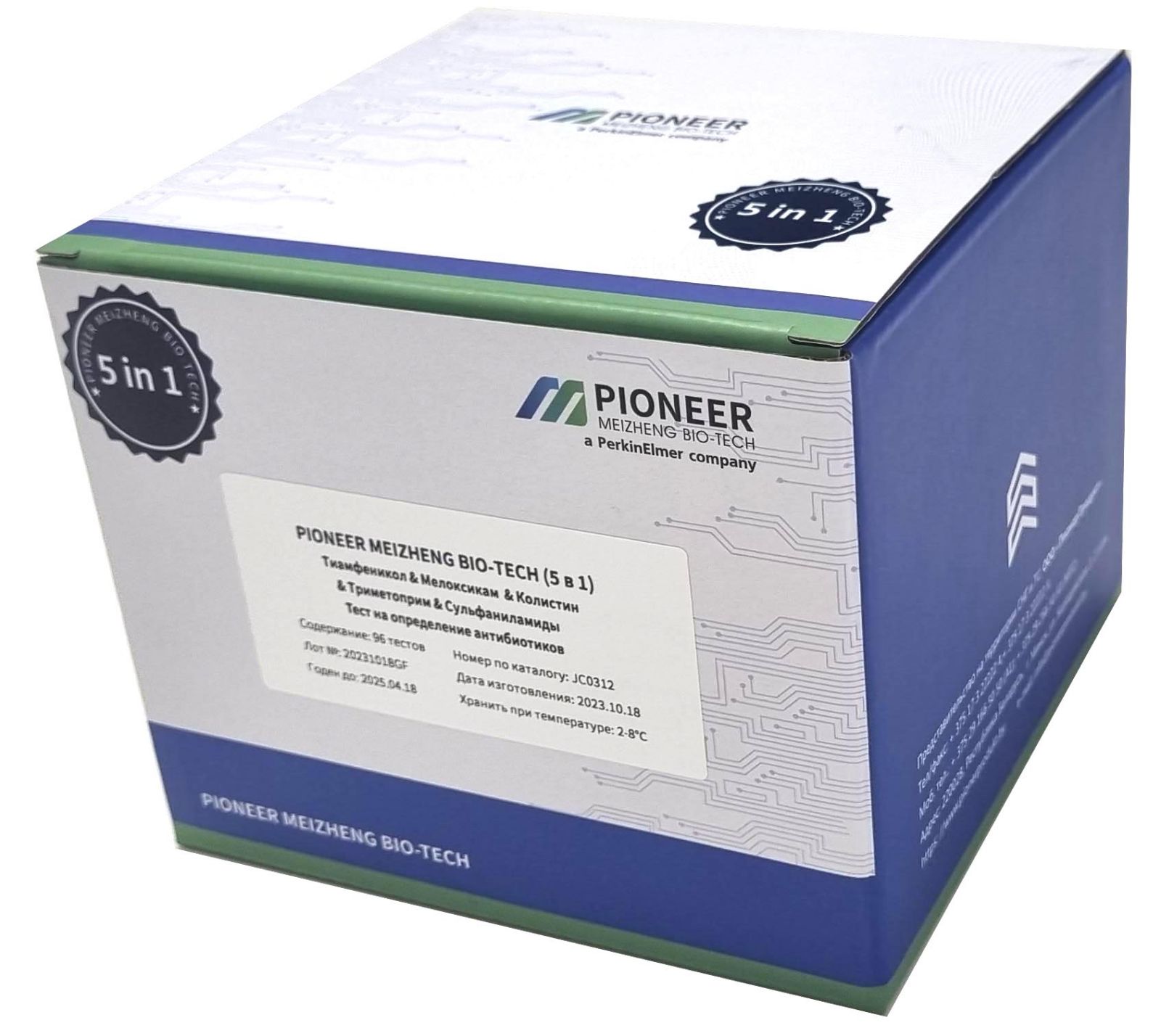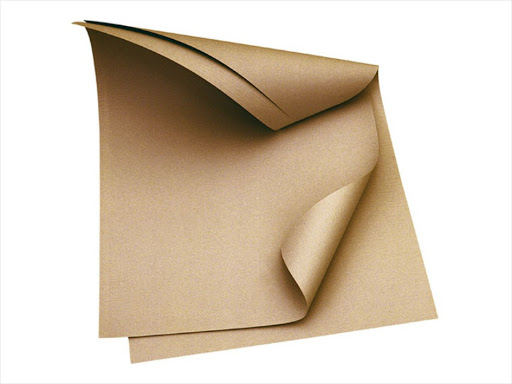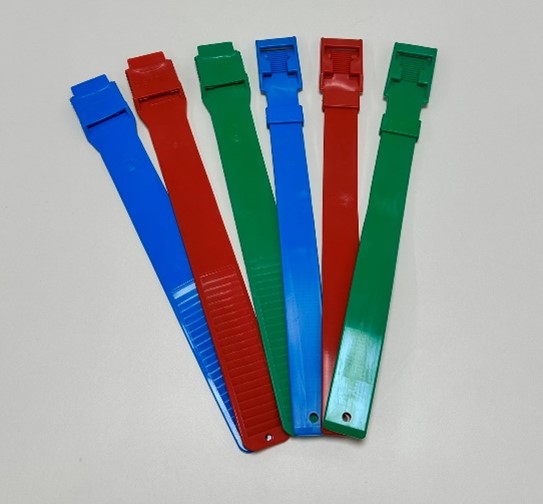What's in that suitcase and how to embarrass the criminalist? Dispelling myths about the profession

The expert, says the lieutenant colonel of justice, is engaged in a wide variety of studies - everything that can help solve a crime or establish the exact circumstances of the tragedy. The work is quite interesting. But difficult, because a forensic specialist must have great knowledge in various fields.
- It requires curiosity to get to the bottom of the processes. There is a lot to read.
Everything happens like in the movies?Plots from films or fiction are far from the truth. In life, everything happens quite differently, says Alexander.
- In fact, attackers do not leave traces at the scene of the incident in any public places. And the expert's task is to simulate some kind of situation and determine to what place the offender could touch, where he could leave a mark. It happens that at the scene of the incident, the victim offers to inspect some object (for example, a wire), but such objects cannot physically leave traces. The expert understands this, but people who watch detectives, crime series often think that once in a film it was the same in life. This always causes experts ... embarrassment. We work with people, explain some points to them - then they begin to understand.
Seven types of expertiseTraditionally, a forensic expert has permission to independently conduct seven examinations: fingerprint, trace, ballistic, edged weapons, technical examination of documents, portrait and handwriting.
The criminologist tells in more detail about each of them. So, the main task of fingerprint examination is to identify a person by fingerprints, palms or even bare feet. Trace examination concerns all other traces. It can be traces of hacking, car tires or boots - any material display of some object on any surface.
- As for the examination of cold throwing weapons, some sample comes to the expert for examination. It's usually all about knives. There may be axes, bows, crossbows. The task is to determine whether this object is a melee weapon. Ballistic examination, in principle, is very similar to the examination of edged throwing weapons, only here objects of firearms are examined. There is also an identification task for this study. This is when, for example, samples of a spent bullet or cartridge cases and weapons are provided. After research, we can say whether this specimen was fired or not.
Technical examination of documents can be carried out in relation to any printed matter: money, passports, certificates. The expert's task is to determine whether the original document or banknote is in front of him.
- We mainly work with cash tickets. That is, the expert determines whether the banknote is fake or original, and then conducts research to establish ways to counterfeit it.
According to him, people quite often encounter fakes without noticing it. For example, a person can buy a car and among a large number of banknotes simply will not notice a fake. Such an oversight is easy to make if you do not have special skills.
- Attackers somehow sell these money tickets, they dissolve in the mass and reach ordinary people.
With the help of portrait examination, criminologists establish the identity of a person, for example, from a picture from a surveillance camera. But the most difficult research is handwriting expertise. Usually it is trusted by experienced employees.
- To carry it out, the expert must have a very large amount of knowledge. Often the signatures, the text were made in a long period of time. A person could write this text, for example, in a state of drug or ALCOHOL intoxication . And the expert must conduct research on the submitted samples and determine whether this person left the record. Sometimes it is very difficult to come to an opinion, everything directly depends on the experience of an expert in this field.
Some examinations may be carried out for more than one day, and the conclusion will be written in several volumes.
- For example, to determine the hacking tool, you need to conduct an experiment. The conditions should be as similar as possible. Depending on the conditions under which the bandit broke into and entered the premises, the expert must conduct an experiment under the most similar conditions in order to install the weapon. If you take sapper scissors, then this fragment on the working part of the tool can take about a millimeter. And the expert must get exactly the same trace, compare it and establish matches on certain grounds. The process can be very lengthy.
The forensic suitcase weighs 15-20 kilogramsExperts take the so-called forensic suitcase with them to inspect the scene. It contains the most necessary technical means for detecting, fixing and seizing traces and material evidence. Its weight is usually 15-20 kilograms.
- The specialist does not always know what scene he is going to and what he will need there, so there is a certain list of tools in the suitcase that allow you to seize various objects: handprints, footprints, traces of biological origin. Technical means that are used every day, from inspection to inspection, are fingerprint powders. Here in this layout - various types that are applied to surfaces with the help of a magnetic, fingerprint or flute brush to reveal handprints, - Alexander shows.
Having found them on some objects - bottles, doors, plastic windows - the specialist uses copy films or adhesive tape and removes them into special sections of different sizes. Volumetric traces of vehicles and shoes are also seized. For this, plaster casts are made. Sometimes, inspecting the place of burglary, they remove the lock or other locking device from the door.
- It is often possible to determine whether such a lock has been broken or opened only during the trace examination. The expert disassembles the lock, examines all the details of the mechanism and determines how they entered the room.
Working at the end of the day is difficult, but you need to pull yourself together- Work on the scene is very difficult both physically and psychologically. Especially when in the dark, after a day of work, you have to leave for some serious incident. You need to be collected and concentrated, and fatigue during the day on duty is already taking its toll. He tends to sleep, but you need to pull yourself together and examine, make some decisions. There are no trifles in work at the scene of the incident, the specialist must assess the situation and take all measures to search, detect and remove all traces and objects that are related to the incident.
Sometimes, to find traces of a criminal, it is not enough to examine the scene. Perhaps the bandit was waiting for his victim on the way home and his traces could remain in the neighboring park.
- The specialist, having expanded the territory of the inspection of the scene, processes the objects. Thanks to this, a person is identified, and after other operational-search measures, it turns out that he was involved in the commission of a crime. And if the specialist had not shown initiative, interest and meticulousness, there would have been no information at all.
Similarly, serial thefts of bicycles are sometimes investigated. First, prints of a stranger are found in the house, then his own traces may be accidentally found elsewhere. By comparing the facts, the investigators find the perpetrator. Again: it all depends on the meticulousness and initiative of the criminologist.
- The type of activity is interesting: different objects constantly come for examination. Today you do one examination, tomorrow you apply your knowledge in another area. You don't always sit in the same place. An expert must improve, raise some literature - because some reference materials are constantly coming out. You have to keep up with the times. If the expert stands still, he simply will not be able to work.
Started painting when he met his future wifeAlexander also has a hobby: he draws portraits with a pencil. It turns out hyper-realistic. But the expert did not immediately discover this talent in himself. Yes, and, one might say, by accident.
- From an early age I was interested in drawings, but purposefully never thought of doing it. Then a book by the American artist Lee Hammond fell into my hands, and I became interested. After I met my future wife, I realized that I still want to try.
It is difficult to draw such portraits - it requires great effort, diligence and perseverance. There is also a certain technology.
- We make a grid on paper, determine the scale, then we make an image on the monitor, print it out and try to transfer it onto paper by squares. Initially, a general frame is drawn, then shadows are applied. Brushes of different hardness can be used for shading. And with certain movements, contrasts are transferred from the darkest to the lightest areas. It turns out hyper-realistic - such a direction is a drawing.
| Mikhail Matievsky for BELTA+
REPRINTING OF THIS MATERIAL (IN WHOLE OR IN PART) OR OTHER USE OF THIS MATERIAL IS PROHIBITEDFriends! We love to tell you stories about amazing Belarusians who save lives, take care of animals, delight with talents and unusual hobbies. We want as many people as possible to know about them. If you have such acquaintances, write to m.matievskii@gmail.com, and they will become the heroes of our stories.
Read also:Read together with it:
- The Russian Ministry of Agriculture proposes extending veterinary regulations until 2032.The extension includes regulations for the prevention and eradication of diseases such as bradsot (Clostridium septicum), trichinosis (Trichinella), blackleg (Clostridium chauvoei), and porcine reproductive and respiratory syndrome (PRRS). The proposed changes stipulate the following new deadlines: for bradsot and trichinosis - from March 1, 2......
- An HSE expert reported on the "evolution of inequality" in access to healthcare.An HSE researcher analyzed Russians' access to healthcare over a ten-year period. In 2021, the influence of financial factors became noticeable for the first time: low income reduces the likelihood of visiting a DOCTOR.Over the ten years from 2011 to 2021, the number of Russians requiring medical care but not receiving it remained virtually unchanged, according to a study by Lyudmila Zasimova, hea...
- The IEA sees a risk of a decline in oil production in Russia due to sanctions.The IEA sees a risk of reduced oil production in RUSSIA due to US sanctions , but maintains its production forecast. According to the IEA, Russian oil exports will remain unchanged.There is a "significant downside risk" to Russia's oil production forecast due to US sanctions, the International Energy Agency (IEA) said in a report.BLOOMBERG . The agency's experts believe that the latest US sanction...
- UniCredit заявил о галактических усилиях из-за санкций против РоссииUniCredit старается не нарушить «более 15 тыс. санкций», а также не «совершать ошибки», которые позволят изъять его активы в России, заявил гендиректор. После начала военной операции банк начал рассматривать возможность ухода Итальянский банк UniCredit прилагает «галактические усилия», пытаясь соблюсти международные санкции в отношении своего российского подразделения. Об этом заявил генеральный д...
- "Коллективы АПК способны решать любые задачи даже в непростых условиях". Назаров о заслугах сельхозпроизводителейЮрий Назаров 13 ноября, Минск. Обеспечение продовольственной безопасности страны - большое достижение трудовых коллективов аграриев, отметил управляющий делами Президента Республики Беларусь Юрий Назаров на торжественной церемонии награждения государственными и иными наградами работников АПК Управления делами Президента Республики Беларусь, передает корреспондент БЕЛТА. Торжественная церемония наг...
- "Белорусские продукты - страновой бренд". В Гродно поздравили работников сельского хозяйства областиФото 13 ноября, Гродно. В Гродно торжественно поздравили с профессиональным праздником работников сельского хозяйства, передает корреспондент БЕЛТА.Этот праздник в нынешнем году для аграрной отрасли региона особенный - впервые в истории в области собрали более 2 млн т зерна с учетом кукурузы. Как отметил в беседе с журналистами председатель комитета по сельскому хозяйству и продовольствию облиспол...




























































